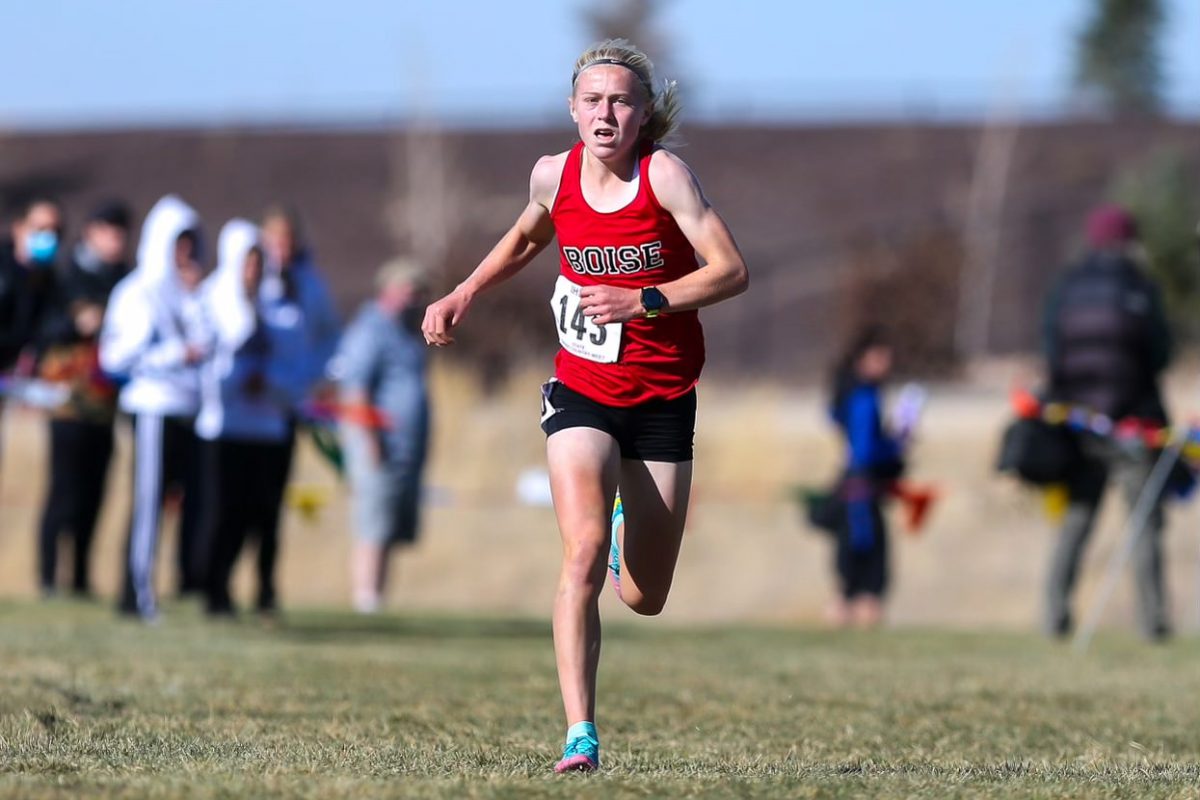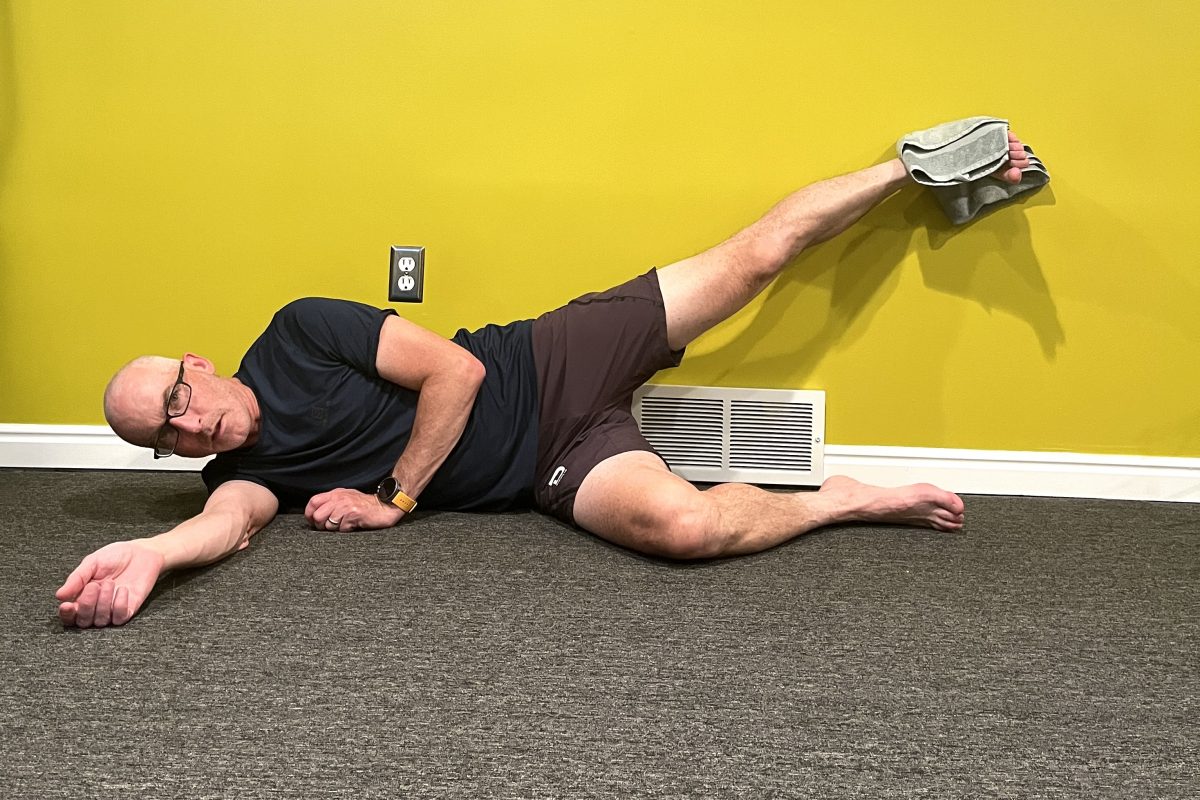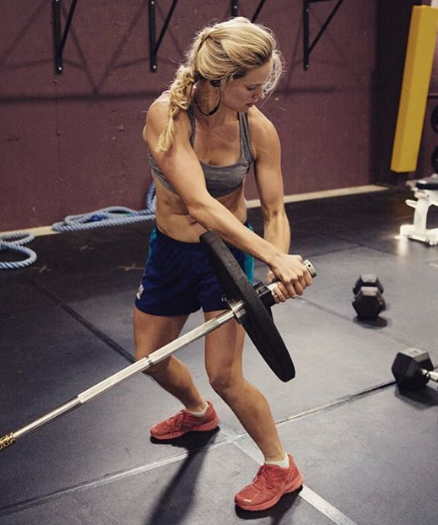Editor's Note: We received a lot of great feedback on Pete Vordenberg's New Koch series that we ran last April. Now Pete has generously offered to do it all for us again. This is Part One in Pete Vordenberg's US Ski Team 2003-2004 Year In Review. Part One has a ton of great information about how the US Ski Team trains, particularly in the spring and summer months.
I have always wanted to be an insomniac, and this is my chance. I’m three days home from Europe and up at 3am with the most severe case of jet lag I have ever even heard about. To the truly sleepless I’m sure my notion of insomnia is a romantic one, but to me it seems very writerly to be clacking away at the keyboard while the world sleeps — the only light on in an otherwise dark world.
As reminders of the year I have in front of me a stack of receipts for hotels in countries all over Europe, 32 boarding pass stubs and I know I lost some, 12 train tickets, vouchers for 9 separate rental vans, a few random notes, a medical kit pillaged of all pain killers, some photos, one duffle containing very dirty laundry including socks so stiff you could open a beer bottle with them, also well worn ski boots, well used toothbrush, no toothpaste, an MP3 player with music I no longer enjoy and some earphones. There are some beat up books I hadn’t really the energy to read, and a bottle of Cholula hot sauce I forgot I had.
And so at 3am this tale of the US Cross Country Ski Team’s 2003-2004 season is born, the product of a cross-country romantic and a wannabe insomniac.
Like the piece I wrote on last year’s season titled New Koch this tale is written from my point of view only and does not necessarily represent the opinions or beliefs of anyone else. Though I am an employee of the US Ski Team this is not an official communiqué of the US Ski Team and does not necessarily represent the point of view of the organization or anyone else connected to it.
 is an on-going, yearlong, year-to-year process. In these meetings we set down the things (team members, staffing, camps, training, race schedule, uniforms, equipment, wax, development projects, etc…) we have talked about all winter as being important to our success… and then we submit them to reality — namely our budget.</p>
<p>The plan takes shape from there. Meanwhile the athletes are finishing up some racing on their own or otherwise training and resting at home.</p>
<p>May 2003. The athletes were in Park City for only a week for testing and to meet with the staff. The year before last we didn’t do any lab testing at all. This past year we ran a treadmill running test three times over the summer. The test was simple. We took lactates as the intensity increased so as to measure approximate training zones and chart improvements (hopefully) in lactate threshold. This is not a VO2 test and we have so far done no VO2 testing. We plan to keep up with the threshold tests this year as well. </p>
<p>Regarding training zones and testing, we mostly have gauged improvement in fitness on our 5 and 10km Soldier Hollow time trials (more on this later). We also hold roller ski time trials, but more as a workout than a test. Conditions are too variable with rollerskiing to really pay attention to time. </p>
<p><BR><center><img decoding=) www.ussa.org and go under cross-country, then under coaches and look at our definitions of training and the athlete competencies — both documents should be helpful in training, coaching and in understanding the training I list below.)
www.ussa.org and go under cross-country, then under coaches and look at our definitions of training and the athlete competencies — both documents should be helpful in training, coaching and in understanding the training I list below.)
There is another challenge with pacing while rollerskiing and skiing. In ski specific training (skiing, rollerskiing, ski walking, bounding) it is very important to learn to use proper technique which includes applying power quickly. You cannot ski in slow motion 80% of the time and expect to know how to ski fast the other 20% of the time. Our best athletes can ski using sharp motions and stay in level 1 even for long sessions. Younger (or less experienced, weaker, less fit) athletes may need to ski at a slightly higher pace to learn proper application of power. To accommodate a faster pace they have to ski for a shorter period of time. This takes focus.
Longer slow sessions should be done doing non-ski specific modes like running, cycling or combined run/rollerski sessions until they are strong enough. We use fast rollerskis (especially important at altitude) to keep the movement pattern quick and even we have not done any three hour rollerskis.
Skiers cannot simply fulfill the training — they must train with purpose.
Here is a training week example from May (note: these examples are taken from our plan for last year, not anyone’s actually training. Training is fulfilled by weight not volume, and some settling may occur):
This is a planned medium week — on an easy, medium, hard scale.
Monday: off
Tuesday: am – Spenst (bounding, plyometrics) and distance. Pm – General strength (focus on core and building up to max strength exercises).
Wednesday: Distance.
Thursday: am – Distance with speed at 90% effort (focus on correct technique). Pm – General Strength.
Friday: Distance.
Saturday: Level 3 intervals. Pm – General strength.
Sunday: Long distance.
June 2003. The athletes are training on their own at home. Since many of them live in Park City, we do train together some as well, but this is purposefully limited as we spend enough time together as it is.
Training week example:
(Again this is a medium week. Descriptions and explanation of the workouts can be found throughout. Also please visit: www.ussa.org – under: cross country, coaches)
Tues: am – Intervals running 2x12x200M at 5km race pace, w/30sec rest and 5min set break (pace for distance of the intervals should be level 3). The idea is maintaining a fast pace while keeping the intensity moderate. On the following week (a hard week) this workout was replaced with a 4 x 4 min level 4 running workout. Pm — Max strength.
Wed: am — distance.
Thurs: am — distance with speed at 90% effort. Pm — Max strength.
Fri: am — distance.
Sat: am – intervals rollerskiing 3x8min with 3 min rest, level 3. Pm — core strength.
Sun: Long distance (most of these sessions are: running 2.5 to 3 hours — seldom longer than 3.5hrs).
July. The athletes are at home for the first part of the month, then relocate to Park City.
Training week example
(Hard week)
Mon: off
Tues: am — ski walking intervals 5 x 4min Level 4, plus bounding sprints. Pm — Max strength.
Wed: am – distance
Thurs: am – Dist with sprints at 95% effort. Pm — Max strength
Fri: am – Distance and spenst. Pm — Distance
Sat: am – 4 x 5min Level 4 rollerskiing. Pm — Core strength
Sun: long distance
 often involves lifting heavy weights and working over the core muscles in a serious way. This is done in our strength facility out by the Home Depot. </p>
<p>We don’t have any fancy apparatuses. For strength last year the skiers did free dips (with added weight), pull-ups (with added weight), rollerboard (at a steep angle), squats or leg press (not much of this), a double-pole simulation with a lot of weight. This is something that we rigged up and that with some creativity anyone could rig up as well. As a youth I hung heavy bags over an old clothes-line-pole in the back yard and hoisted them with two ropes. It was just like double poling, and very similar to the apparatus we use at the ski team — only our “bags” are so heavy the skiers have to be anchored down to keep from pulling themselves off the ground. We also do back ups (with and without weight), and a whole lot of stomach exercises using a bench, a huge thera-ball, and a bunch of med-balls around 5 to 10kg. For info on Core strength please see back issues of The Master Skier for articles on the subject by Chris Grover.</p>
<p>Max strength is doing fairly ski-muscle-specific lifts using a weight that cannot be lifted for more than 5 reps x 3 sets. The last two years we did 3 max strength blocks of 6 weeks each, focusing on core strength the rest of the time. With strength it is important to move through the motions properly and in a controlled manner. That is what we did last year and is similar to the year before. After talking with the athletes and analyzing ways we can improve we will likely change things up a little bit this year and also include more specific strength. The changes will mostly be in the details of each individual’s program. Last year’s training is still a good model.</p>
<p>For skiers of all abilities, increasing strength in the stabilizing muscles of the core region is a sure way to ski faster, longer and look good doing it. Core strength — start today. Seriously.</p>
<p>The way we designed the intervals last year was different than how we did it the year before and it will also be changed some this year. Last year we started with Level 3 intervals once a week in May and mostly twice a week in June. Exceptions to this were Level 4 (max VO2) blocks where we’d do a series of Level 4 intervals over a week or two. This we started in June and carried through the fall (in blocks) with the hardest block coming in late September and October. This year we are likely to do more L4 sessions in these intensity blocks. We may even do a hell of a lot more.</p>
<p>Do not fear intervals. Skiers must do hard work to get faster, and they must do it year-round. This includes both easier threshold intervals (L3) and harder VO2 max (Level 4) work. This cannot be neglected. </p>
<p>You get into trouble with intervals for the following reasons (and these are the reasons I think intervals have gotten a bad name).<br />
If you go too fast in the first interval or two you will cook yourself for the rest of the workout. Pace the workout. Each interval should be as far or as fast if not further and faster than the last. </p>
<p>If you go too fast for all the intervals you will cook yourself for future workouts. For instance going level 4 in a level 3 workout, or too often pushing the upper limits of level 4 (or going level 5) in a level 4 workout. Be disciplined to go the right pace.<br />
If you are not recovering well enough between interval sessions you will cook your week, month or worse. You will not recover if you’re going too long or too fast in regular distance workouts, or if you are not giving yourself enough time between sessions. Include rest in the program and don’t be afraid of taking more than you plan. Ten days rest too many is better than one day too few.</p>
<p>You should also prepare for the workout properly by eating and drinking as if for a race. If you train over your own head you will never even perform at the level you’re at let alone a higher level. Train at the level you are at by going the proper pace for the right duration based on your current fitness level. Build steadily and gradually throughout the year and the years as you improve.</p>
<p>One cannot hope to become fit or strong enough by doing intensity work only in the fall and winter, and only easy and moderate intensity work in the summer. Even April will likely have some intensity in the form of races, or other fun, hard efforts. In May start with level 3 intensity work that is right for your fitness level and a few races for fun and higher intensity “play”. Build into the summer and fall from there. </p>
<p>Having said start at your fitness level, it should be mentioned that in order for athletes to do the work necessary to win at the international level as senior racers they must train adequately as juniors! Keeping up is hard enough, catching up: much harder.</p>
<p><<a href=http://www.fasterskier.com/feature.php?id=1059>Go to Part Two</a></p>
<hr width=300>
Pete Vordenberg is the assistant coach of the US Cross-Country Ski Team. He is a two-time Olympian and author of Momentum: Chasing the Olympic Dream (buy it at <a href=http://www.outyourbackdoor.com) www.outyourbackdoor.com).
www.outyourbackdoor.com).
Please keep your eyes pealed for info about Andrew Johnson’s Team Today project — your chance to join us on our voyage to Olympic Medals.



